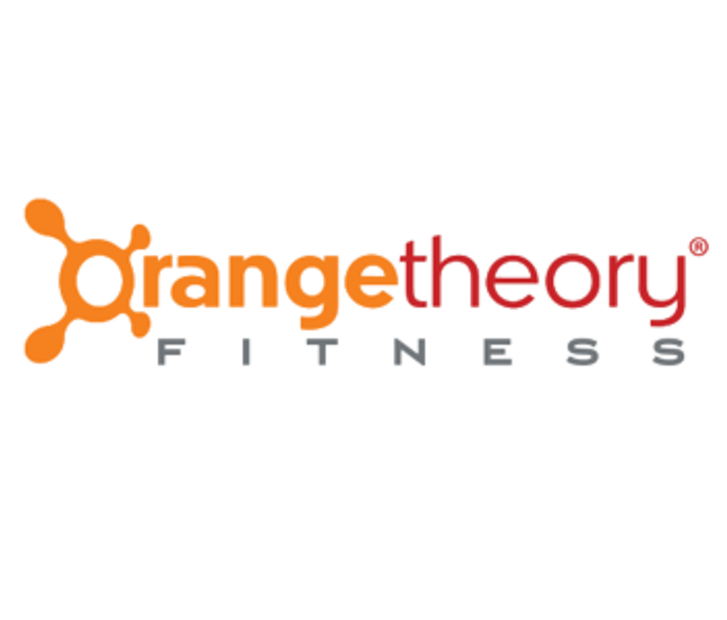Brand Experience








Small Businesses Boost Advertising Budgets, Deloitte Reports 4% Increase
23 March, 2024
As small business owners seek to expand their reach and strengthen their market presence, the need to scale advertising efforts has become increasingly crucial. In recent times, marketing budgets have witnessed a rise, with reports indicating a 4% increase in advertising expenses in 2023 compared to the last two years. As highlighted by Deloitte, advertising budgets are expected to account for roughly 13.6% of total business expenses for small enterprises this year.
But what does a typical marketing budget look like for a small business? Although there’s no one-size-fits-all answer, spending between 7% and 10% of gross revenue on marketing efforts is a widely accepted guideline. B2C businesses, according to insights from Salesforce, generally allocate about 15% of their revenue to their marketing campaigns. Delving into specifics, Hubspot’s data from the previous year suggested that businesses, on average, dedicated 8.7% of their revenue to marketing strategies. Contextualized, a small business generating $1 million annually may invest between $70,000 to $100,000 on marketing.
This investment is directed towards various avenues, which may include options such as:
– Paid advertising on diverse platforms like Google and social networks
– Crafting and disseminating original content that draws interest from potential customers
– Curating a positive public image through public relations efforts
– Participation in trade shows and industry events
– Elevating search rankings through SEO initiatives
Certainly, the choice of marketing mediums must align with the business’s target audience and strategic objectives. By committing to a structured marketing budget, small businesses can enhance customer engagement, improve lead generation, and steer growth.
Creating an actionable small business marketing budget necessitates:
– Clearly defining marketing goals to shape the budget
– Gaining insights from industry trends and competitor strategies
– Being adaptable, allowing modifications to the budget as circumstances evolve
– Monitoring campaign performance to inform future marketing investment decisions
Now, dissecting marketing expenditures, it’s evident that small businesses bifurcate their budget into online and offline marketing tactics. Online advertising is particularly dominant, with billions being funneled into digital spaces. As we navigate this digital landscape, strategies like Google Ads emphasize the importance of keyword-targeted potential customer attraction. Meanwhile, social media marketing continues to thrive across platforms, including Instagram and Facebook, fostering robust customer relationships.
Digital marketing, estimated at a value of $210 billion by 2022, is not merely about presence; it’s also about metrics such as click-through rates and conversion. With every dollar spent on pay-per-click campaigns, businesses could see a $2 return, emphasizing the efficacy of such strategies. This demonstrates how leveraging platforms like Google Ads and Facebook Ads can result in substantial returns. Furthermore, SEO continues to play a fundamental role in enhancing visibility and driving organic traffic to websites.
While digital dominates, there’s enduring value in offline methods. Print media, trade publications, and even traditional business cards maintain their utility, working in tandem with digital efforts to deliver a multifaceted marketing strategy. The investment in digital advertising globally soared to approximately $616 billion last year, with various sectors employing both online and offline channels for maximum impact.
Gym Lead Generation and Gym Marketing, specifically, leverage an array of these strategies to build memberships and foster community engagement. For gyms and fitness centers looking to boost enrollment, Business Insider suggests that a strategic blend of social media advertising and targeted local campaigns can be quite effective.
To stay competitive in today’s market, small businesses need to make informed decisions on where to direct their marketing dollars. Whether it’s Google AdWords campaigns or Facebook Ads, TikTok advertising, or SEO—each has its place in a well-rounded marketing strategy. By adopting a data-driven approach, utilizing tools such as A/B testing on platforms like Mailchimp, and staying adaptable, small businesses can maximize their marketing budgets for growth.
In summarizing, investment in comprehensive advertising strategies – from More Gym Members to local newspaper ads – bolsters the ability for small businesses to connect with consumers and stay ahead in the competitive market, ultimately driving their growth and success.




